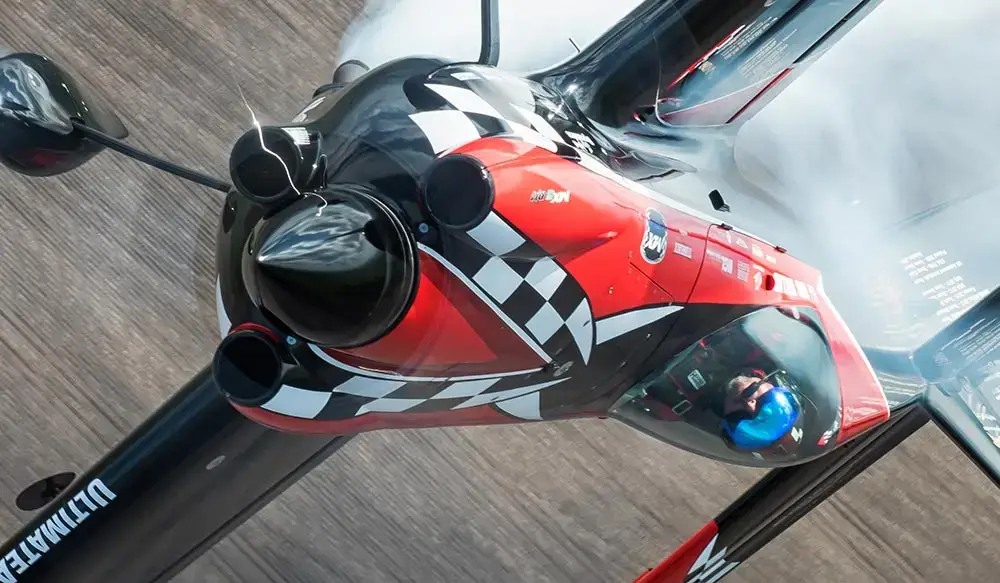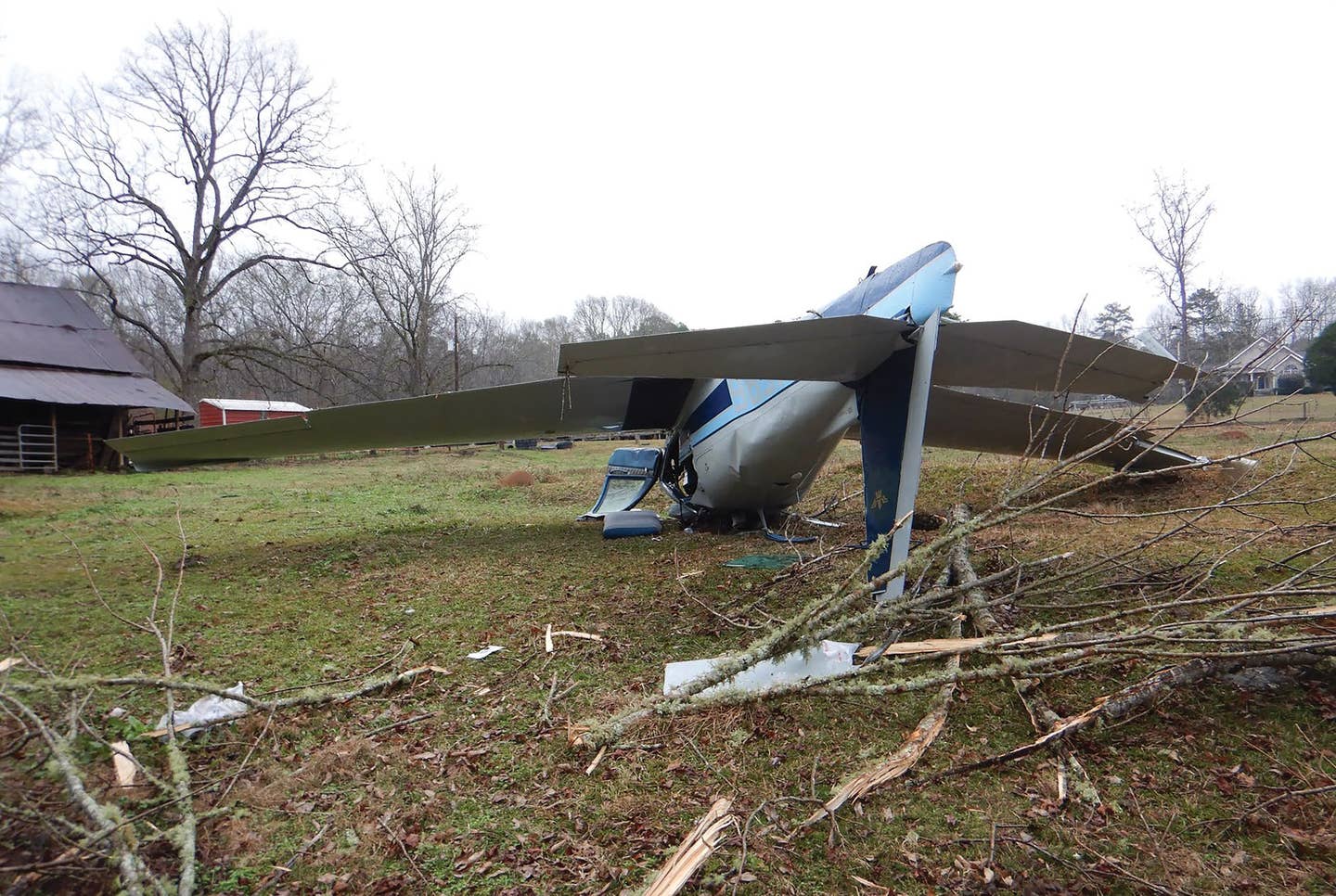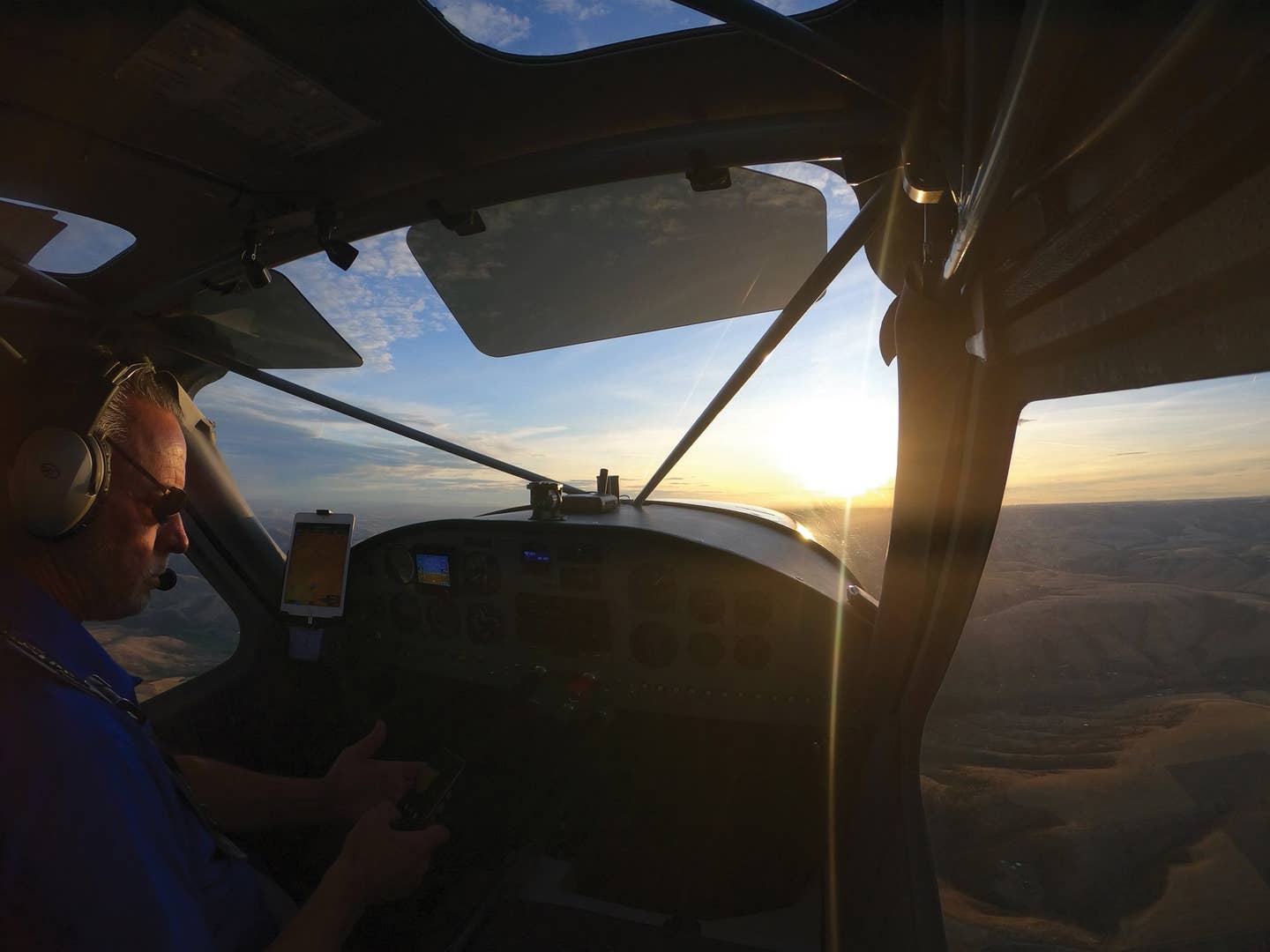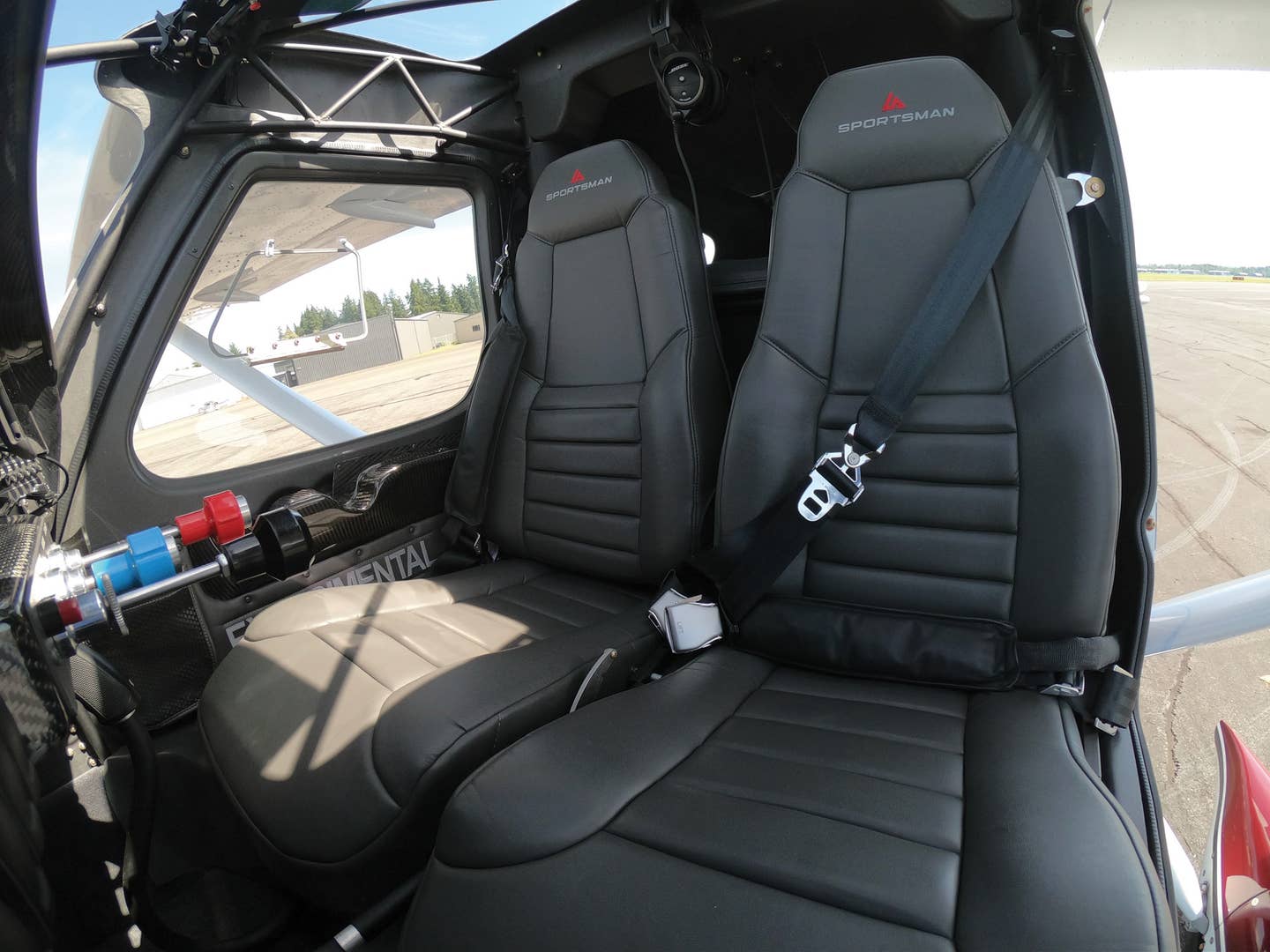With a wingspan of 21 feet, NASA's µCub (MicroCub) is not as tiny as you might think from the name. It is, however, the latest addition to the NASA Subscale Research Lab's fleet of miniature flying aircraft. The Subscale Research Lab---located at NASA's Armstrong Flight Research Center in California---builds scaled-down unmanned aircraft and uses them to test out theories and equipment. Using miniaturized models for early testing can, according to NASA, save a lot of money and significantly reduce risk.
The remote-controlled MicroCub is a NASA-modified Bill Hempel 60-percent scale model SuperCub. It has been outfitted with a Piccolo Autopilot guidance system and is powered by a JetCat SPT15 turboprop engine. The MicroCub completed its first flight in mid-January, successfully demonstrating its airworthiness and lining itself up for additional modifications and a future of flight-testing new ideas.
For its first task, the MicroCub is being used to help researchers understand how visible small unmanned aircraft are to other aircraft in the air. To this end, it has been equipped with an onboard smoke system that should help make small unmanned aircraft easier to spot. If the tests show that the system improves the visibility of the MicroCub, NASA plans to integrate the technology onto other unmanned NASA aircraft.
Learn more at NASA.
To get more aviation news delivered to your desktop or mobile device, sign up for our weeklyeNews.

Subscribe to Our Newsletter
Get the latest Plane & Pilot Magazine stories delivered directly to your inbox






